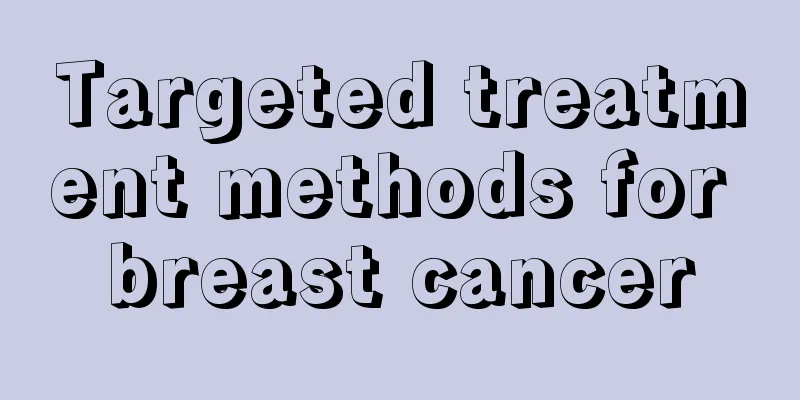How to clean nipples before breastfeeding

|
Many mothers always like to clean their nipples before feeding their children, for example, by wiping them with disinfectant wipes before starting to breastfeed. In fact, this practice is very wrong. It is excessive cleaning. At the same time, disinfectant wipes are not hygienic and healthy. The correct way should be to clean your hands first before breastfeeding, and then wipe the breasts and nipples with a warm towel. Proper nipple care during breastfeeding 1. Mother's nipple care The surface of the nipple should be kept dry when not in use. Use new nursing pads, the kind without the plastic lining, to make sure no moisture comes into contact with your sore skin. Before putting on your bra, gently blot your nipples with a soft cloth. It used to be recommended to let the nipples air dry, in the sun or even quickly dry them with a hair dryer. But for some mothers, blow-drying quickly can disrupt the moisture balance needed to keep the skin soft and elastic, which can easily cause the delicate nipple epidermis to dry out and crack. 2: Transitional pain. Many mothers experience a period of transitional nipple soreness, which is naturally caused by the skin of the nipple adapting to sucking. If this kind of pain occurs, first check the breastfeeding technique. In addition, massaging the nipples after breastfeeding can promote blood circulation in the nipple tissue. Colostrum or breast milk is the best massage cream. The small bumps around the nipple and on the areola are glands that secrete oil to protect and clean the nipple. Therefore, never use soap to clean your nipples, as soap will strip away these natural oils, causing the skin to dry out or even crack. Three: Nipple first aid. Mothers with dry skin may suffer from dry and cracked nipples even if their breastfeeding posture and latching technique are perfect. Do not use skin oils or creams that need to be washed off before feeding. If the cracks continue to develop and breast milk massage has no effect, you can try high-purity, hypoallergenic, pesticide-free pure lanolin oil. This breast oil can keep the nipple tissue at normal moisture and does not need to be cleaned before each feeding. If your nipples become more painful and cracked after taking the above measures, you need to get help from a doctor. 4: How to choose breast pads. Breast pads can be placed inside your bra to absorb any excess milk. The precautions are as follows: Do not use breast pads made of chemical fibers and plastic linings, as they are not breathable and can easily breed bacteria. Breast pads can also be made at home. You can fold a cotton handkerchief and put it in your bra, or cut a cotton diaper into a circle with a diameter of about 12 cm to use as a breast pad. Replace breast pads promptly after milk spillage. If the breast pad sticks to your nipple, moisten it with warm water before removing it. Spitting up usually only occurs in the first few weeks. Nipple pain is definitely a bad thing. Mothers must take good care of their children and those who love their children must also love themselves well. |
<<: The difference between cholecystitis and gastritis
>>: Good teeth and good appetite mean delicious food
Recommend
How long does it take to bleed after wisdom tooth extraction
Because the position of wisdom teeth in most peop...
Methods of taking oral chemotherapy drugs for colorectal cancer
How to take oral chemotherapy drugs for colorecta...
It turns out there are 5 early symptoms of respiratory failure
Respiratory failure is a common disease in daily ...
What are the symptoms of bladder cancer spreading
The incidence of bladder cancer is getting higher...
My heart aches and my back aches
Heart discomfort may be caused by some heart dise...
What does it feel like to use a tampon
A long time ago, women did not have sanitary napk...
Other obvious symptoms of bladder cancer include blood in urine
Another obvious symptom of bladder cancer is hema...
Is uterine cancer hereditary?
I believe that all female friends understand that...
What should I pay attention to when my calf skin looks like fish scales
Ichthyosis is a common skin disease that can occu...
Will lung cancer in the 70s be passed on to the next generation?
Lung cancer itself is not a disease that is direc...
The fastest treatment for herpes on lips
There are usually many reasons for getting herpes...
How to eat Cordyceps sinensis
There are many ways to eat Cordyceps sinensis. Fo...
What to do with contact lens slips
Nowadays, more and more people are suffering from...
Lipoprotein phospholipase a2
Lipoprotein phospholipase A2 is a marker of infla...
What to do if the shoes have odor and can't be removed
During festivals, we can't avoid visiting oth...









